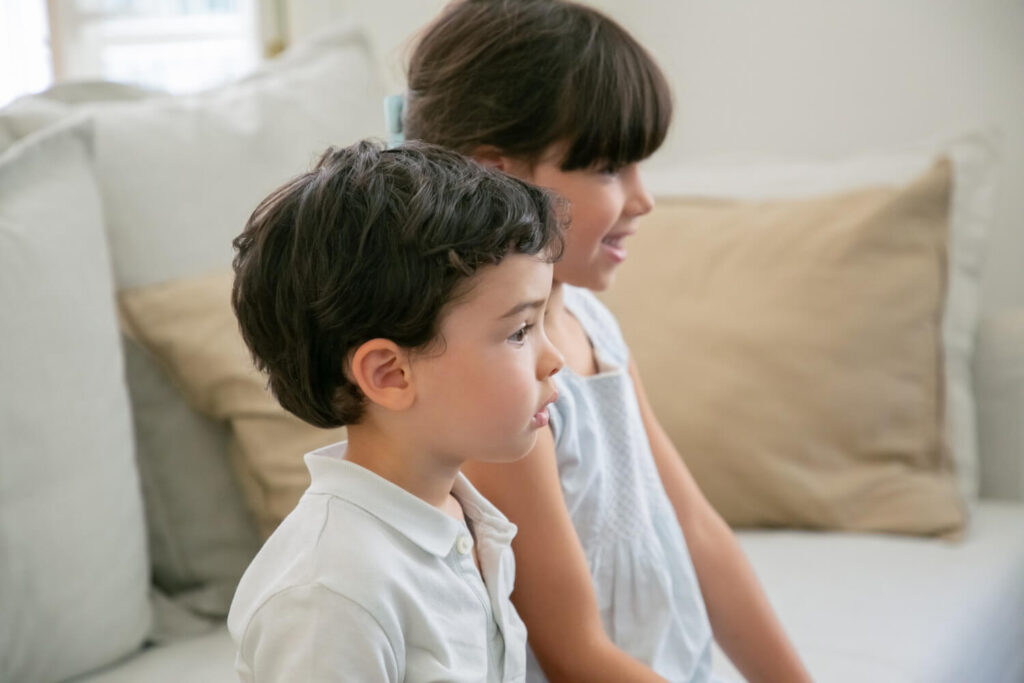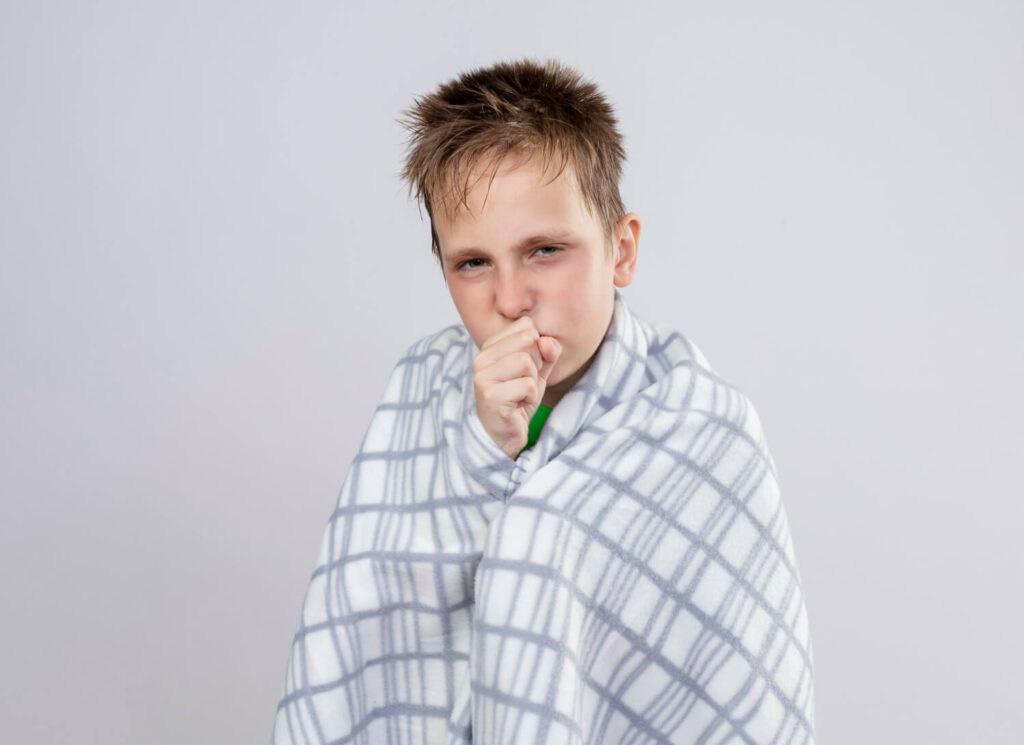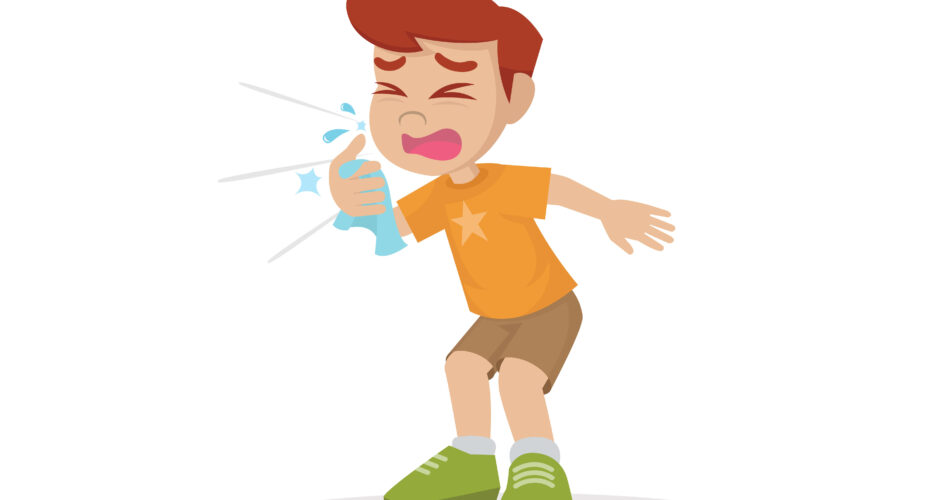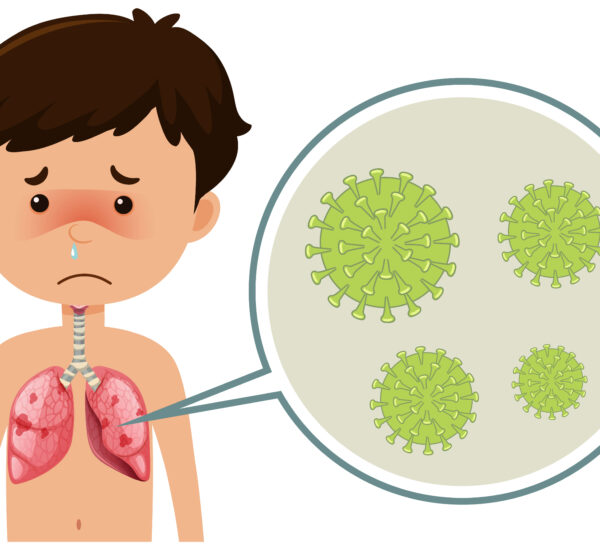The past few weeks, we’ve noticed some development regarding a respiratory condition that targets the children in the community. This condition can result in severe coughing, and is known as whooping cough. Many people are not familiar with this type of illness, resulting in the lack of knowledge on how to manage it. So, what is whooping cough, and how do parents know that their children already developed whooping cough symptoms?
In this blog, we hope to uncover the possible warning signs that family members must be aware of. That way, they can prevent the progression of the illness and avoid further widespread of symptoms. Let’s begin!
Understanding Whooping Cough in Children

Whooping cough, also known as pertussis, is a bacterial infection caused by the bacterium Bordetella pertussis. It primarily affects the respiratory system, leading to severe coughing spells. The cough is accompanied by a characteristic “whooping” sound when breathing in, which serves its condition name.
This respiratory condition is highly contagious and can spread from person to person through respiratory droplets. It commonly affects children, particularly babies who have not received the whooping cough vaccine. It is important to understand the nature of this bacterial infection and its impact on children’s respiratory health.
Recognizing the Whoop Sound in Cough
The whoop sound in a cough is a key indicator of whooping cough. This sound occurs when the infected person gasps for air quickly and deeply after a severe coughing fit. It is a distinctive high-pitched noise that gives whooping cough its name.
However, it is important to note that not all individuals with whooping cough may produce the whoop sound. Some may have milder symptoms or variations in their cough. It is essential to be alert to other signs of whooping cough, such as severe coughing spells.
Common Age of Patients Developing Whooping Cough
Whooping cough can affect individuals of all ages, but it is more commonly observed in young children. Infants, particularly those under the age of 6 months, are at the highest risk of developing severe symptoms and complications from whooping cough. This is because babies in this age group have not yet received the whooping cough vaccine and have immature immune systems.
Older children, typically between the ages of 1 to 5 years, can also contract whooping cough, but they may experience milder symptoms compared to infants. It is important for parents and caregivers to be vigilant and take preventive measures, such as ensuring their child receives the whooping cough vaccine and practicing good respiratory hygiene, to reduce the risk of infection in young children.
How Whooping Cough Affects Kids Differently

As mentioned, it primarily affects children but is known to affect them differently based on their age. Infants may have difficulty breathing, turn blue or purple, and experience pauses in their breathing called apnea. Meanwhile, older children may have milder symptoms, similar to a common cold, but still experience prolonged and intense coughing spells.
It is important to note that even milder cases of whooping cough can cause significant disruptions to a child’s daily life and may require medical attention. Recognizing the different ways whooping cough can affect children is crucial for early detection and appropriate management of the infection.
Early Warning Signs: Whooping Cough Symptoms
Recognizing the early warning signs of whooping cough is crucial for prompt diagnosis and treatment. The initial symptoms of whooping cough can resemble respiratory infections like a common cold. However, as the infection progresses, the cough becomes more severe.
It is important not to dismiss these early symptoms as just a common cold, especially if there is a known exposure to whooping cough. Seeking medical attention and getting tested for whooping cough can help prevent the spread of the infection and ensure timely treatment.
Initial Symptoms to Watch Out For
As mentioned, the initial symptoms of whooping cough may mimic those of a common cold. It is important to pay attention to these early symptoms, as when the infection progresses, the cough becomes more severe and can lead to prolonged coughing spells.
Early whooping cough symptoms may include:
- runny nose
- mild cough
- low-grade fever
- difficulty breathing
- turning blue or purple
- pauses in their breathing called apnea.
If you notice these initial symptoms, it is crucial to seek medical attention for a proper diagnosis and appropriate treatment.
The Progression of Whooping Cough Symptoms
Understanding the progression of whooping cough symptoms can help parents and caregivers monitor the illness and ensure appropriate care for their child. Whooping cough typically progresses through different stages, including the incubation period, early stages, and severe cases.
During the incubation period, there may be no visible symptoms. In the early stages, symptoms may resemble those of a common cold. In severe cases, prolonged and intense coughing spells occur, sometimes accompanied by vomiting and signs of dehydration. Recognizing the different stages of whooping cough can aid in disease control, preventing complications, and seeking timely medical attention.
Stages of Whooping Cough in Kids
The stages of whooping cough in kids can help people to understand the progression of the infection and provide appropriate care. Stages of whooping cough include the incubation period, early stages, and severe cases. Let’s discuss each of them below!
Incubation Period
The incubation period is the time between exposure to the bacteria and the onset of symptoms. It usually lasts around 7 to 10 days but can extend up to 21 days. During this stage, the infected person may not exhibit any symptoms.
Early Stage
In the early stages, symptoms may resemble those of a common cold, including a runny nose, mild cough, and low-grade fever. These symptoms can last for one to two weeks.
Severe Stage
Meanwhile, in the severe case, prolonged and intense coughing spells occur. It often leads to the characteristic whooping sound or coughing fits. The condition may last for up to 10 weeks or more. Other symptoms during this stage may include vomiting and signs of dehydration.
It is important to note that the duration and severity of each stage can vary from individual to individual.
When to Consult A Doctor

Seeking medical attention for whooping cough is crucial, especially if your child experiences severe symptoms or has underlying health conditions. The child might experience trouble breathing, such as gasping for air or turning blue, which are alarming whooping cough symptoms. It’s best to visit a doctor immediately as prolonged conditions without guidance puts them at higher risk for complications. That includes respiratory conditions or weakened immune systems.
If the whooping cough symptoms persist, parents are recommended to book a consultation with a doctor so their children can undergo health assessment immediately. It can be via online consultations or physical sessions.
How to Prepare for Whooping Cough Breakout
Preparation is key in managing a whooping cough breakout. Taking preventive measures can help reduce the risk of infection and minimize the spread of the disease. Here are some important steps to consider:
- Ensure that your child is up to date with their whooping cough vaccine. Vaccination is the most effective way to protect against whooping cough and its complications.
- Stay informed about outbreaks in your community and follow any public health guidelines or recommendations.
- If there is a confirmed case of whooping cough in your child’s school or daycare, keep a close eye on your child for any symptoms and seek medical attention if needed.
- Consider preventive antibiotics if your child has been in close contact with someone diagnosed with whooping cough. This can help reduce the chances of contracting the infection or lessen the severity of symptoms.
- Practice good respiratory hygiene, such as covering coughs and sneezes with a tissue or the elbow, to prevent the spread of respiratory droplets.
By taking these proactive measures, you can help protect your child and prevent the further spread of whooping cough.
Conclusion
Based on news updates, whooping cough has spread to other cities outside the metro. Given this situation, it is safe to say that this illness is a huge threat, which should be taken care of. That’s why being aware of the whooping cough as a condition is important.
Understanding the whooping cough symptoms and its progressive nature can help save children from the health risks. With this knowledge, parents can monitor the health status of their child right away,which is crucial for timely intervention. At the same time, it can help the family be prepared, especially when a breakout occurs in their community.
If you are living in an area where a case of this condition is present, it’s a must to be alert and know when to consult a doctor. Stay informed, stay vigilant, and prioritize your child’s health. When a consultation is needed, book an online consultation or visit a local health center with a pediatrician.

